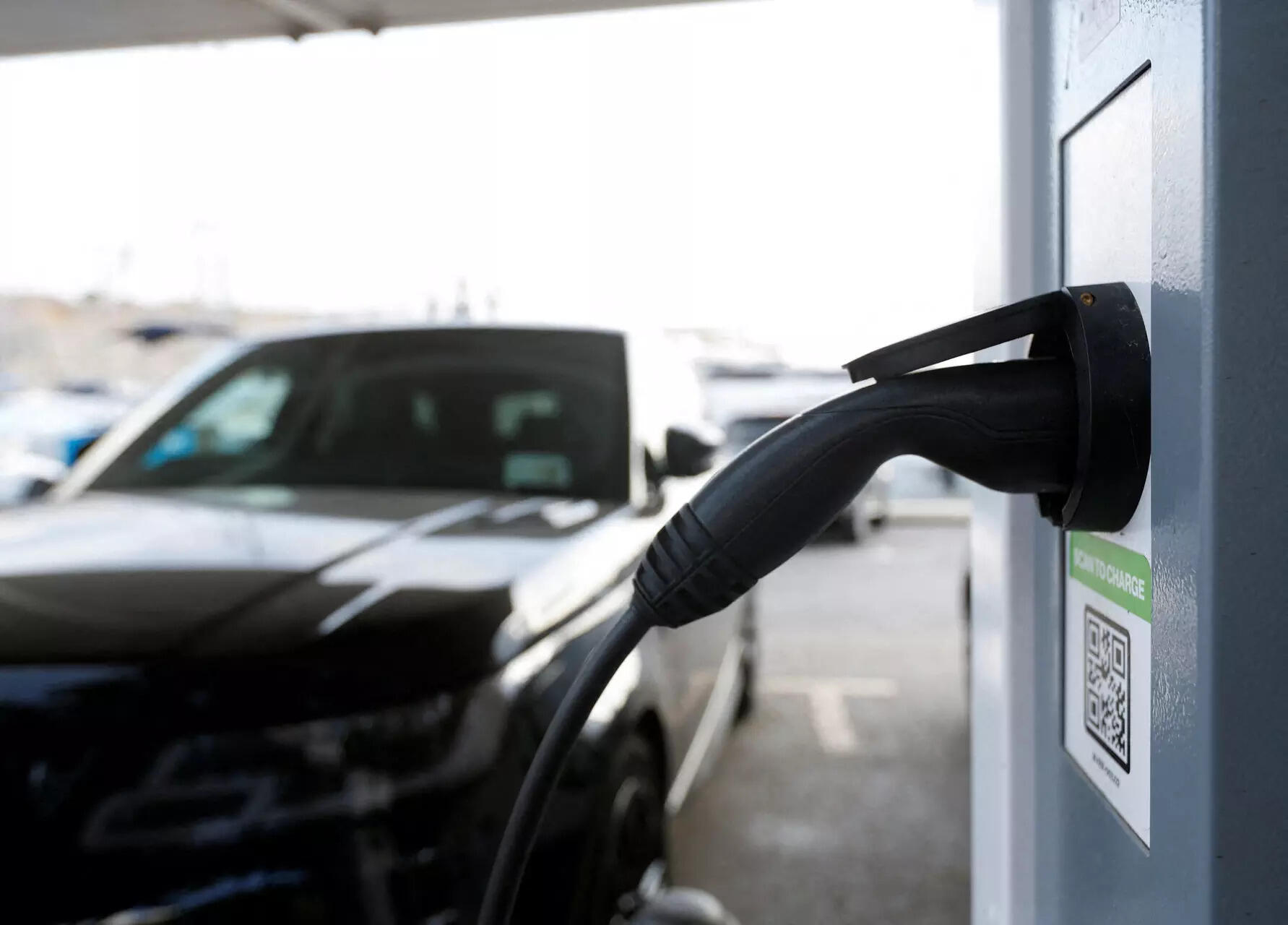
Electric Vehicle (EV) sales in India is expected to grow at a Compound Annual Growth Rate (CAGR) of 35 per cent with annual volumes likely to touch 27.2 million units by 2032, a report said on Friday. The report, ‘India Electric Vehicle Market Overview 2023‘, by energy advisory, software and services firm, Customized Energy Solutions, also predicts a record-breaking sale of 1.7 million units in 2023.
EV sale in India is projected to touch about 27.2 million units by 2032 and with a CAGR of 35 per cent from 2023-2032 under business-as-usual conditions, according to the report.
The driving force behind this is a confluence of factors, including the availability of the FAME-II subsidy, which has proven to be a catalyst, with a substantial budget allocation of USD 1.2 billion assigned to subsidise various EV segments, it said.
The central government’s commitment to fostering an indigenous EV ecosystem is evident in the approval of a USD 3.5-billion Production-Linked Incentive (PLI) scheme for the manufacturing of automobiles and auto components, thereby nurturing the development of the EV supply chain in the country, as per the report.
Besides, state governments are actively supporting the segment through their various respective policies towards EV promotion and and bolstering the manufacturing ecosystem, it stated.
States such as Tamil Nadu, Haryana, Andhra Pradesh, and Uttar Pradesh are leading the charge, providing incentives to encourage both EV and component manufacturing within their borders, it said.
“The confluence of supportive policies, financial incentives, and a burgeoning EV infrastructure lay a robust foundation for the transformative journey ahead,” Rahul Walawalkar, Founder and President of India Energy Storage Alliance and President & MD of Customized Energy Solutions India, said.
He, however, added that amid the evolving EV landscape in India, “we see not only challenges but immense opportunities for innovation and growth as well”.
The challenges include the high cost of EVs, inadequate public charging infrastructure, the necessity for power grid upgrades, and the absence of subsidies in some segments, as per the report.

